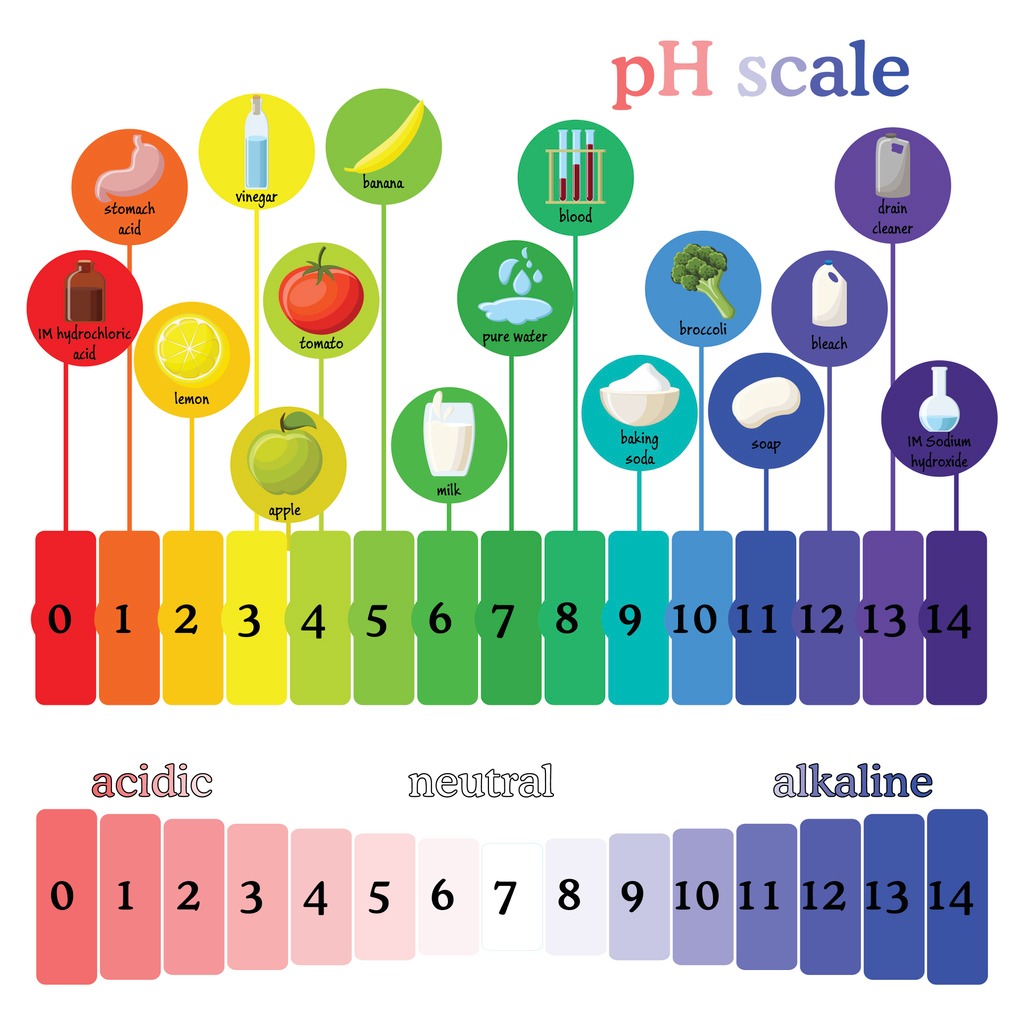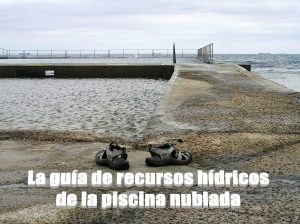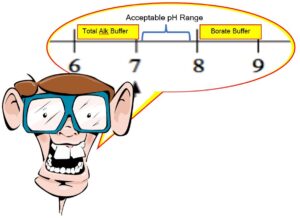I guess we can add muriatic acid to the list of pool products that are becoming impossible to find this year. The truth is it’s been kind of scarce for the past month, but like everything we can’t find this season, the out of stocks seem to be spotty across the nation. This has left a few wondering if talk of the shortages is straight talk at all. Muriatic acid alternatives.
Similar Article The Addition of Muriatic Acid
Sadly, it looks as though things are going to get worse before they get better. In the middle of last week, another chemical manufacturer closed the doors at one of its factories. Olin Corporation has declared a force majeure for the supply of products produced at their McIntosh, Alabama facility due to an unplanned equipment failure. This affects all products produced at this facility to include chlorine, caustic soda, sodium hypochlorite, and muriatic acid, to name a few.

Sulfuric Acid (H₂SO₄)
You do have other options if you cannot locate any muriatic acid (HCl) to use for pH control in your pools. Sulfuric acid is an option available but may have hiccups in supply due to the increase in demand caused by the shortage of HCl. The product may come at a slightly higher price point than the normal cost of muriatic acid, but the dose will be similar. 25.5 fluid ounces of muriatic acid (31.45% hydrochloric acid) or 26 fluid ounces of 38.5% sulfuric acid in 10,000 gallons will lower the Total Alkalinity (TA) by 10 ppm and the pH by an equal amount (the actual drop in pH is dependent upon both the starting TA and pH).
Sodium Bisulfate (NaHSO₄)
Dry acid (sodium bisulfate) is another option you may find available This product is even more costly to purchase than sulfuric acid and requires a much heftier dose. It will take 34.4 ounces by weight of dry acid (93.2% Sodium Bisulfate) in 10,000 gallons to lower the Total Alkalinity (TA) by 10 ppm and the pH by an equal amount as the 25.5 fluid ounces of muriatic acid or 26 fluid ounces of sulfuric acid (again, the actual drop in pH is dependent upon both the starting TA and pH).
The downfall to using sulfuric acid or sodium bisulfate (dry acid) is in adding sulfates to the pool water. There are two problems with this. The first is that the presence of such will shorten the life of a salt cell in a saltwater pool.
Similar Article How Borates in Swimming Pools Buffer pH
Sulfates
We do have the ability to test for sulfates in water. Unfortunately, we do not know what level of sulfates is actually problematic. We do know that all saltwater system manufacturers advise against the use of sulfide-containing chemicals. None have given a maximum ppm that would be considered safe. So, it is recommended that with a saltwater pool, we stay away from these products altogether.
Carbon Dioxide
CO2 Injection is another option. It is not often used in a residential application or even with average size commercial swimming pools. But, for large aquatic centers, it is often the go-to method of pH control.
When carbon dioxide is added to water it forms carbonic acid (H2CO3) which dissociates to form bicarbonate (HCO3–) and hydrogen ions (H+). As pH is the measure of hydrogen ion activity in the water measured in the converse (The greater the H+ activity, the lower the pH), the hydrogen from the carbonic acid lowers the pH. However, as we also got bicarbonate (HCO3–) from this uncoupling, the injection of CO2 ultimately increases the Total Alkalinity (The measure of carbonates, bicarbonates, hydroxides, and cyanurates) as well. In fact, carbon dioxide injection is the only means of lowering the pH that will result in the increase of Total Alkalinity.
In using this method you will reach a point where adding an acid is required. Not for pH – we have that taken care of with the CO2 alone. The acid will be needed to adjust the climbing Total Alkalinity, but the dose will not be near as often or in as large a quantity.
Muriatic Acid Alternatives
The second issue is in the potential for damage to stonework. However, the level of concern here has been thoroughly researched. Sulfate levels of 300 ppm or more are problematic. At least this gives us something measurable.
The way this season has been going, it is highly possible that you may find your distributor or pool store completely out of any acid. Vinegar is just one example of an alternative that will get the job done in a pinch. Not the 5% table vinegar, I mean you could, but it would take ten times as much. At $5.79 per gallon, that would be a little over eleven bucks to drop the TA by 10 ppm in 10K gallons of water.
Acetic Acid (C₂H₄O₂)
A 45% acetic acid could be a suitable addition to the list of muriatic acid alternatives. It would take 32.385 fluid ounces of this concentrated vinegar to equal our 25.5 fluid ounces of muriatic acid or 26 fluid ounces of sulfuric acid, lowering the Total Alkalinity of 10K gallons by 10 ppm and the pH by an equal amount. At $19.99 per gallon, $5.06 would be the cost of this dose. Still, extra precautions would need to be taken. Significant fuming and more severe skin burning than muriatic acid is a concern. Nitrile gloves would be required since a 25%, or higher acetic acid will penetrate ordinary latex.






